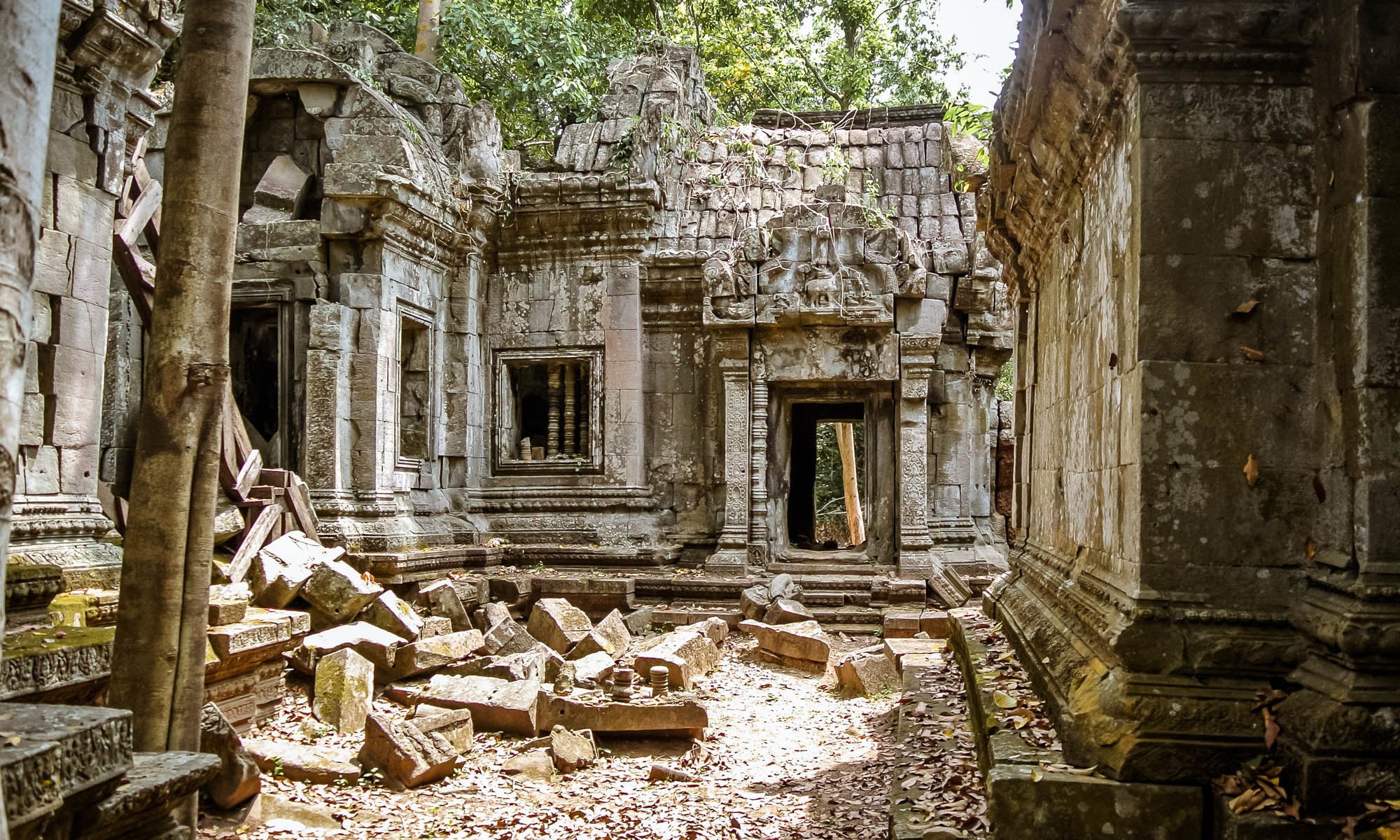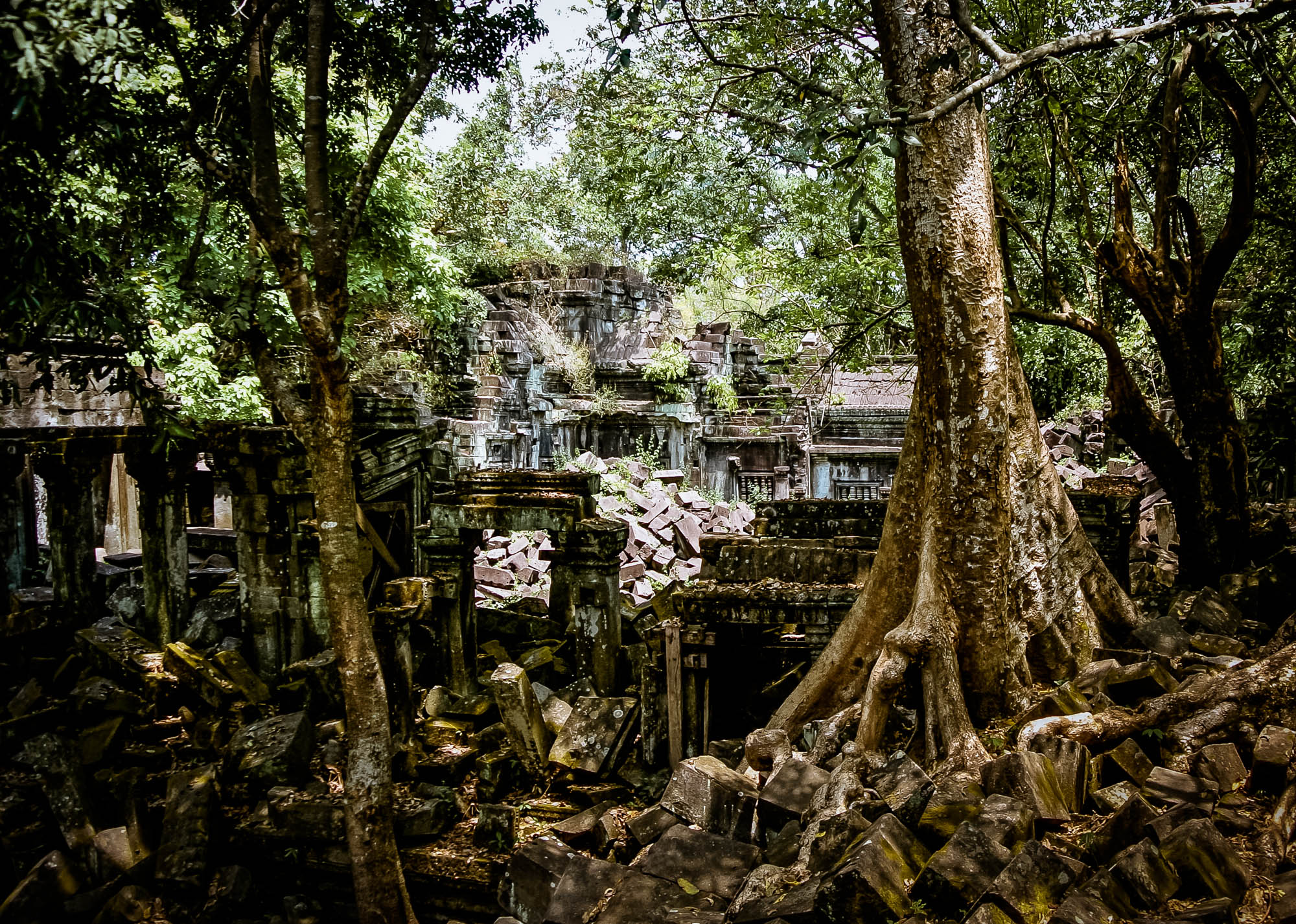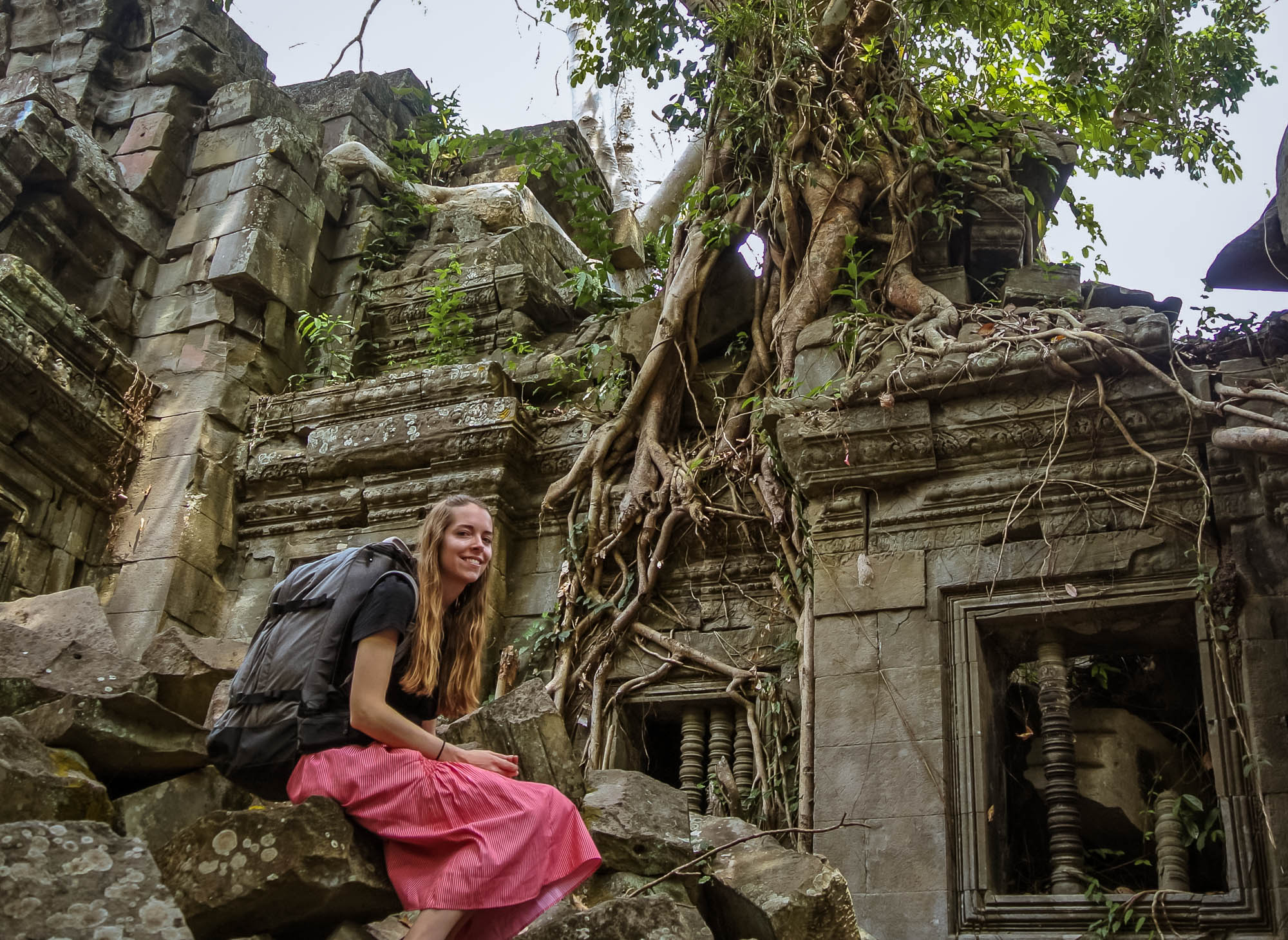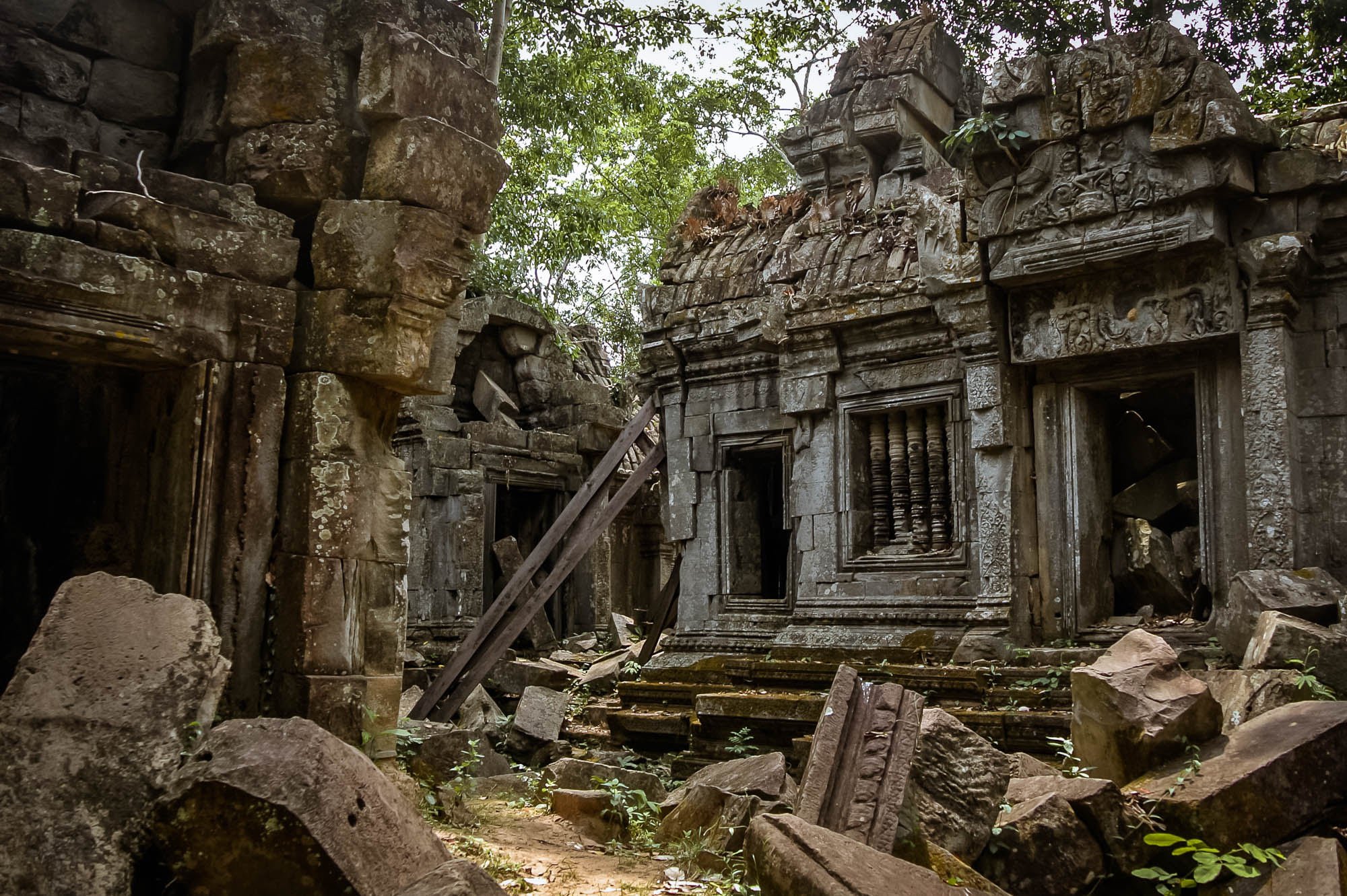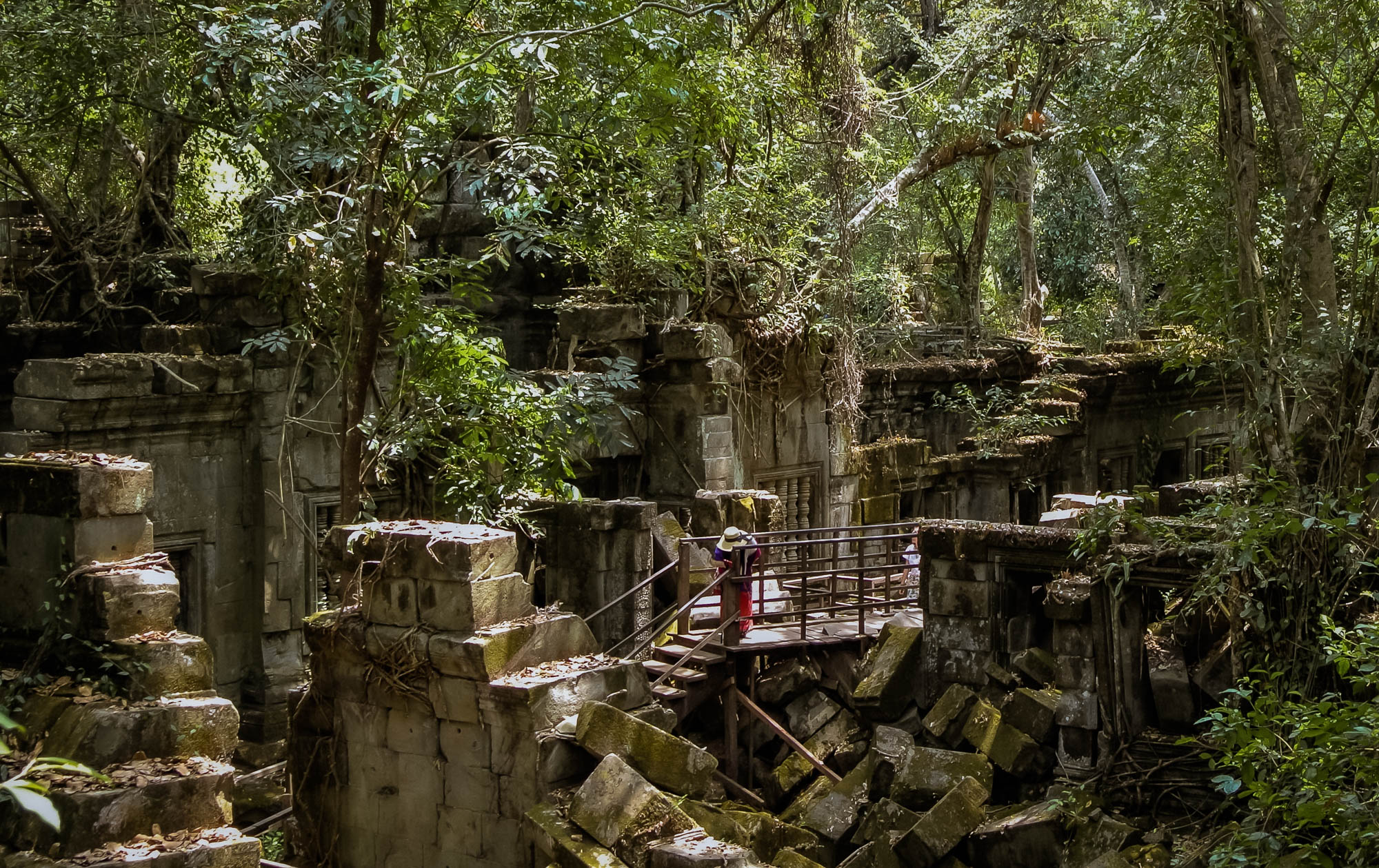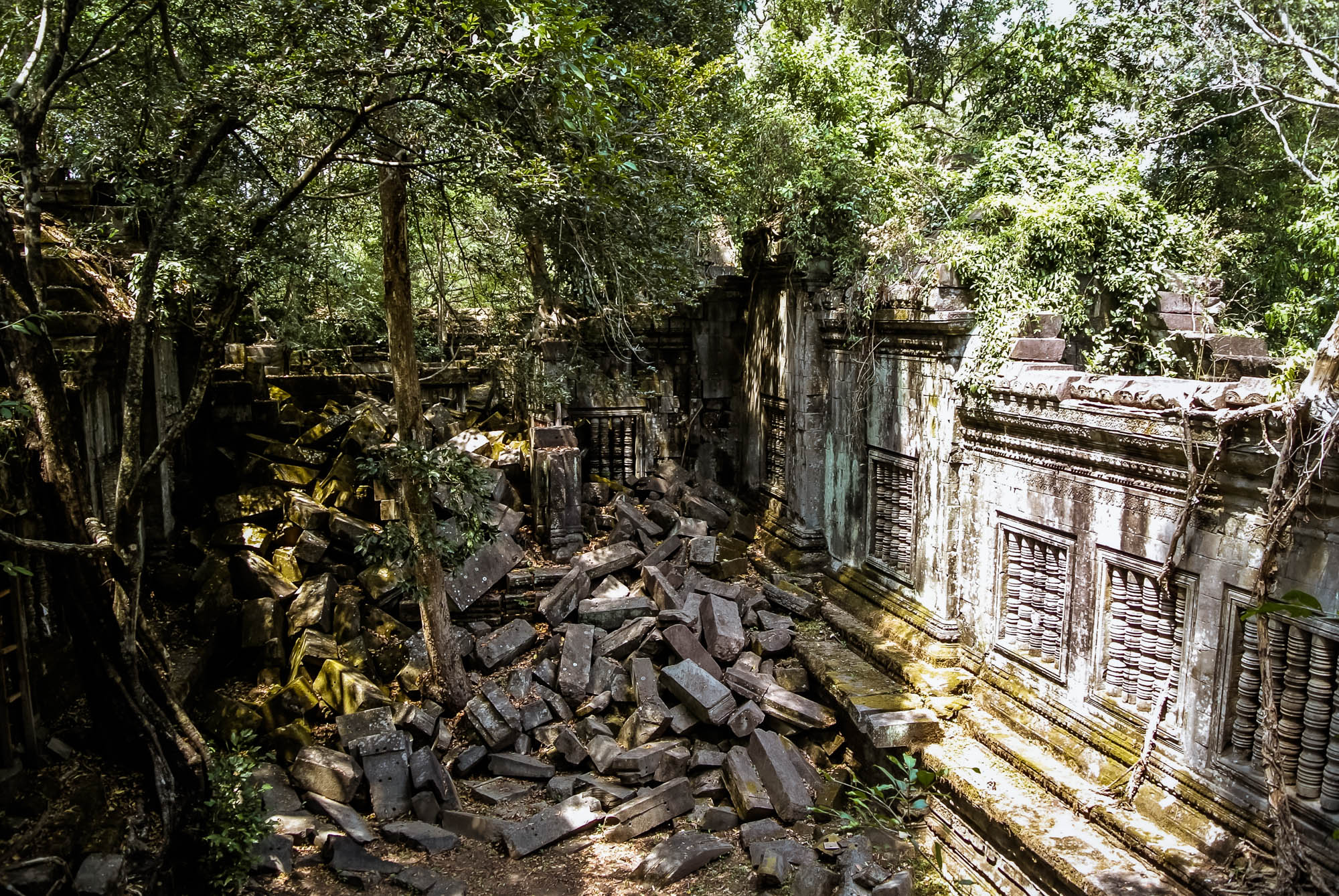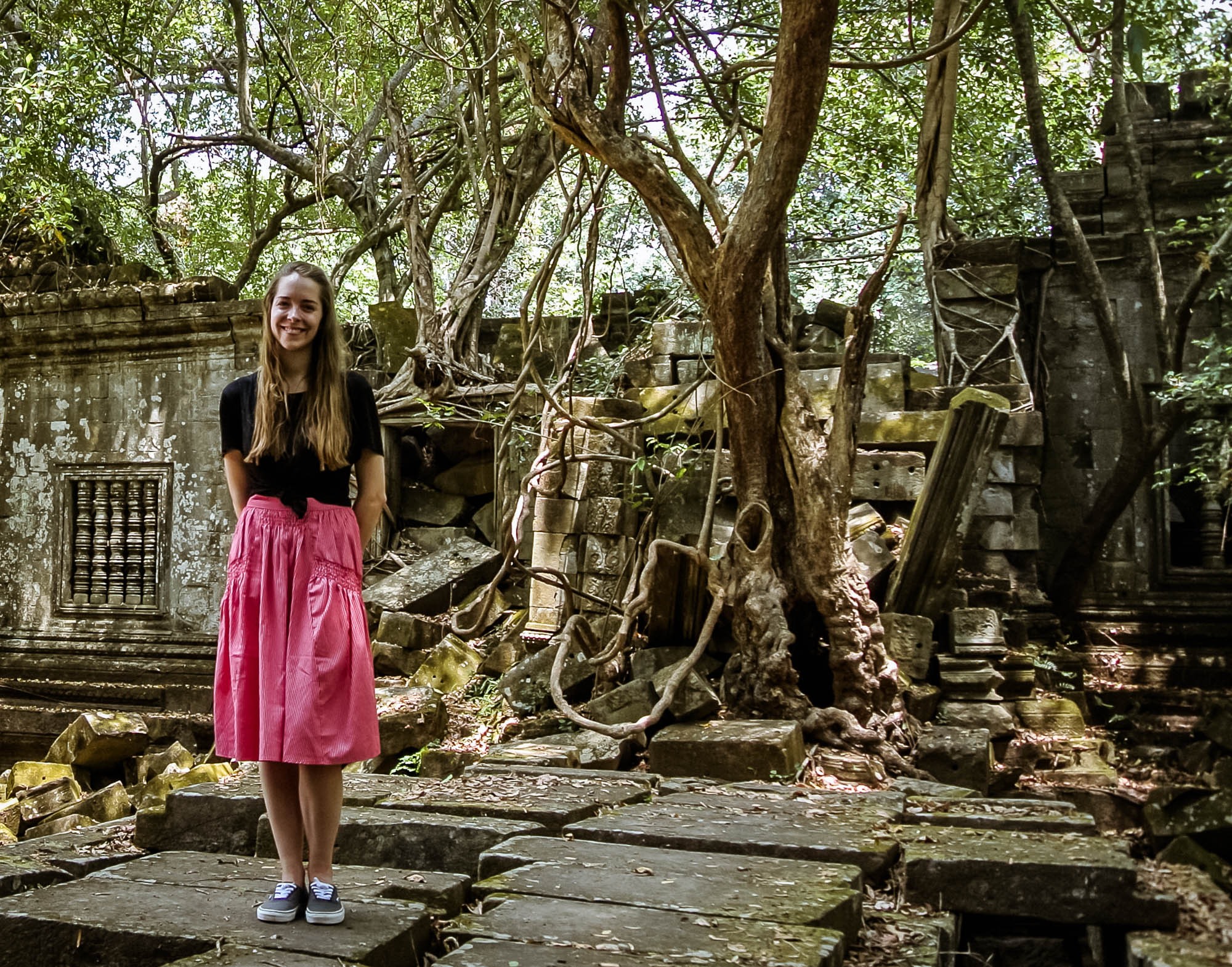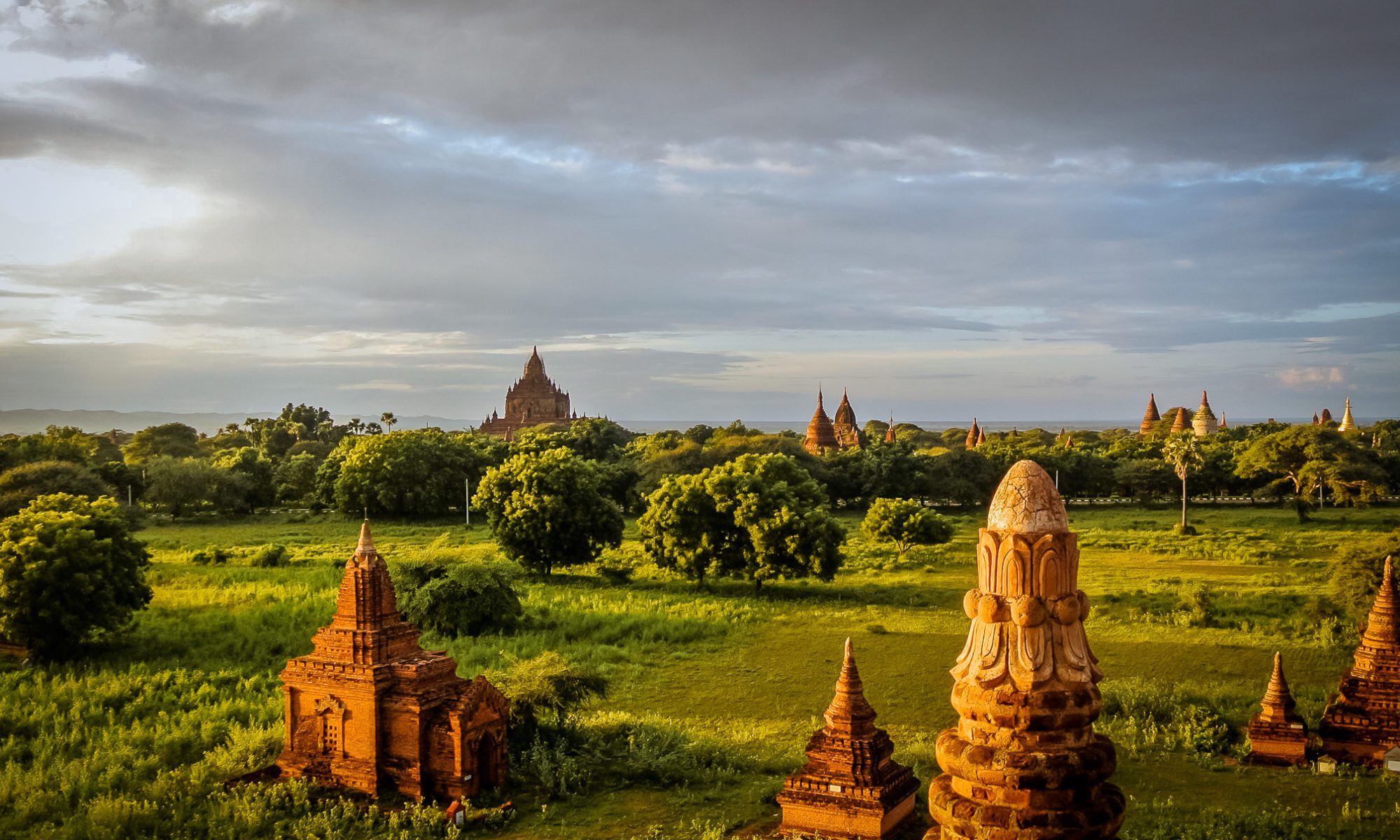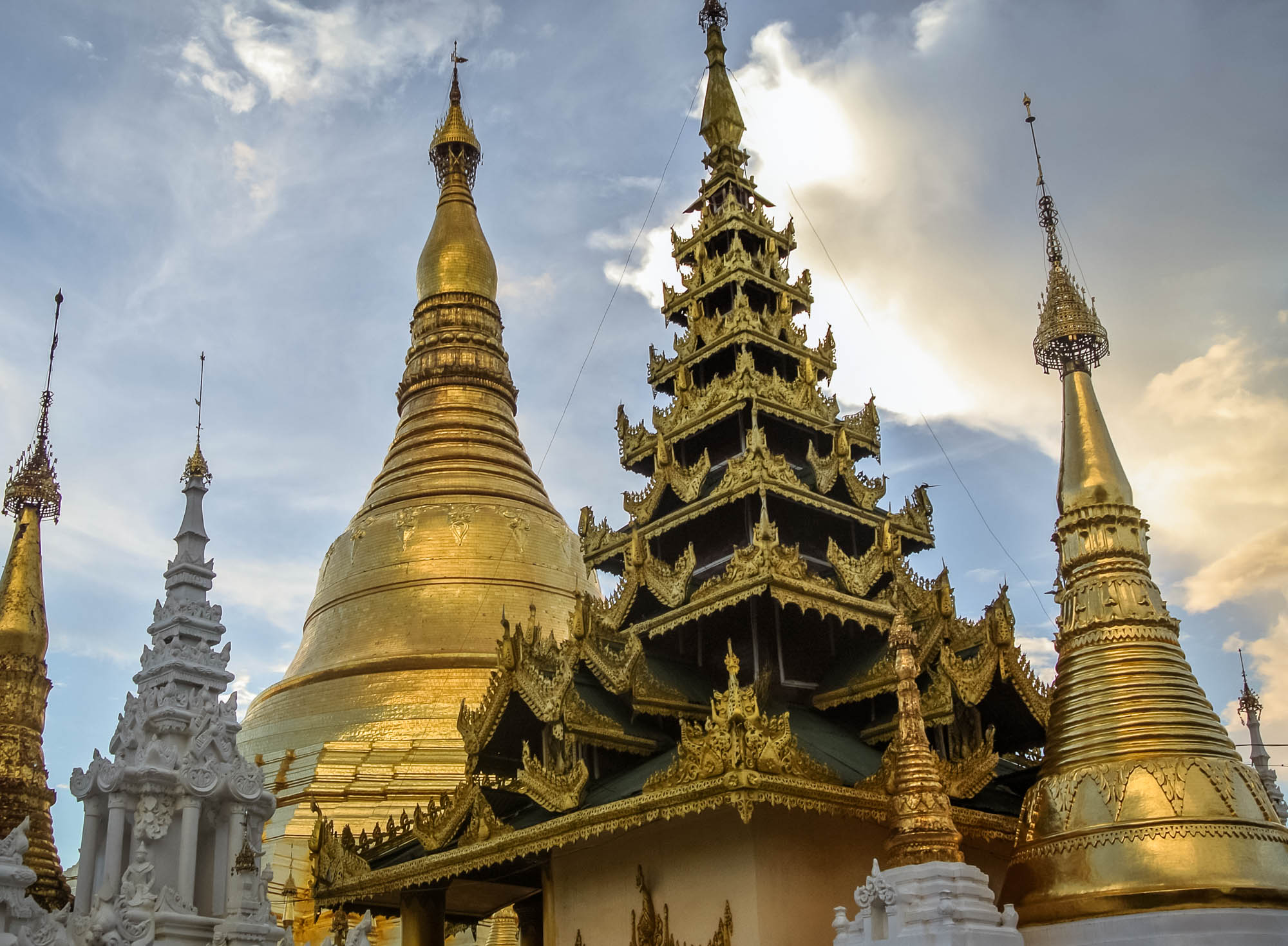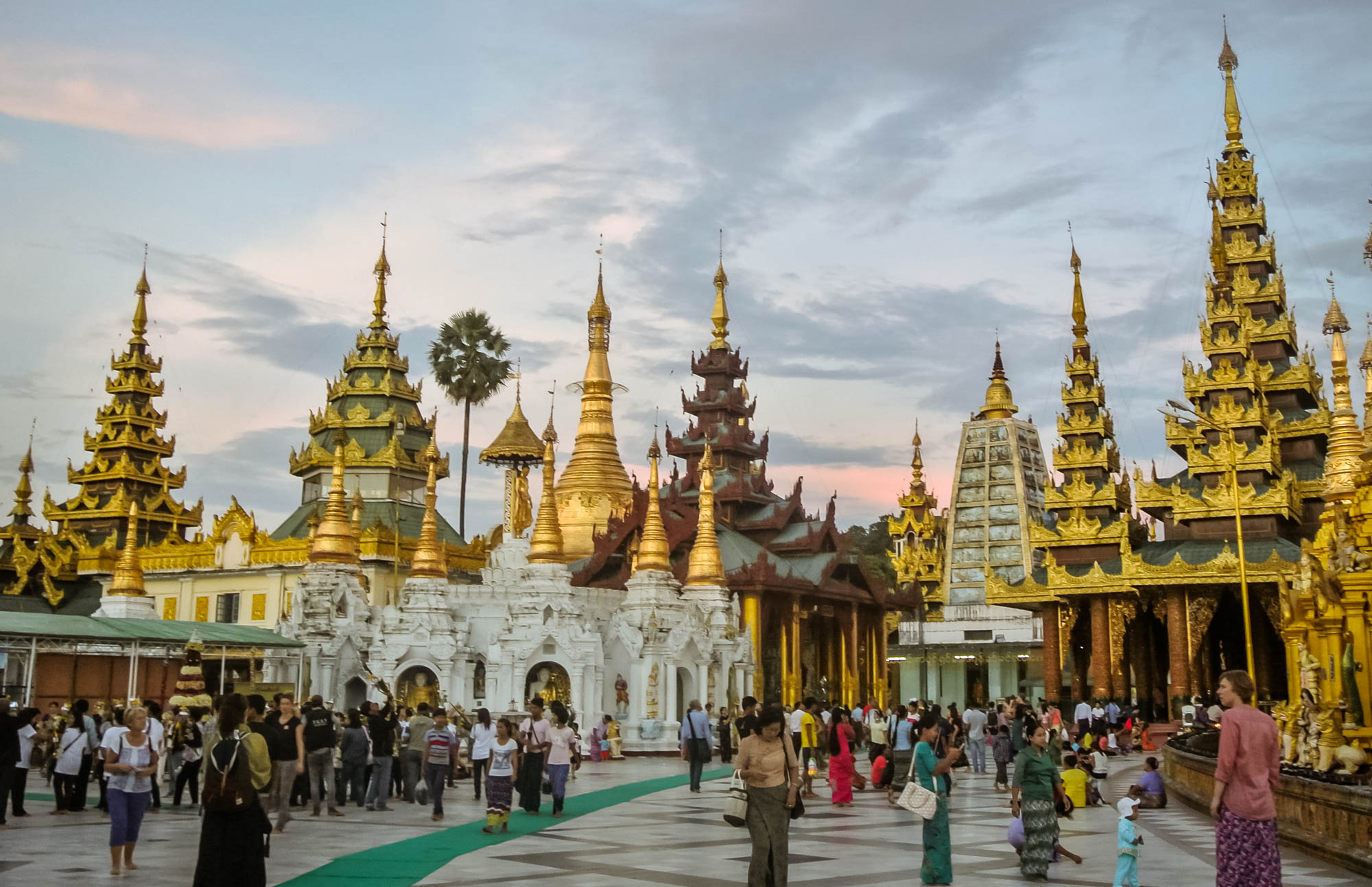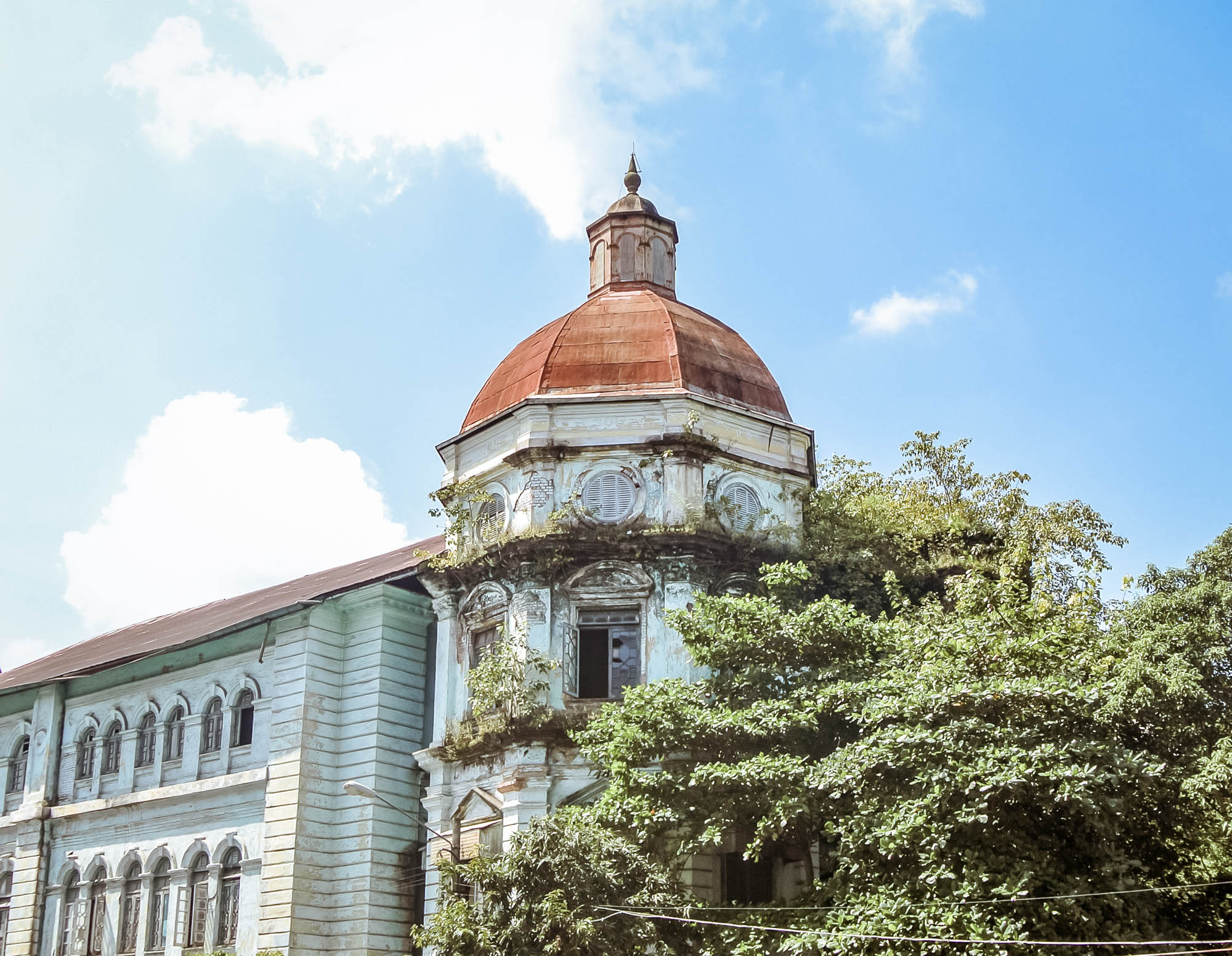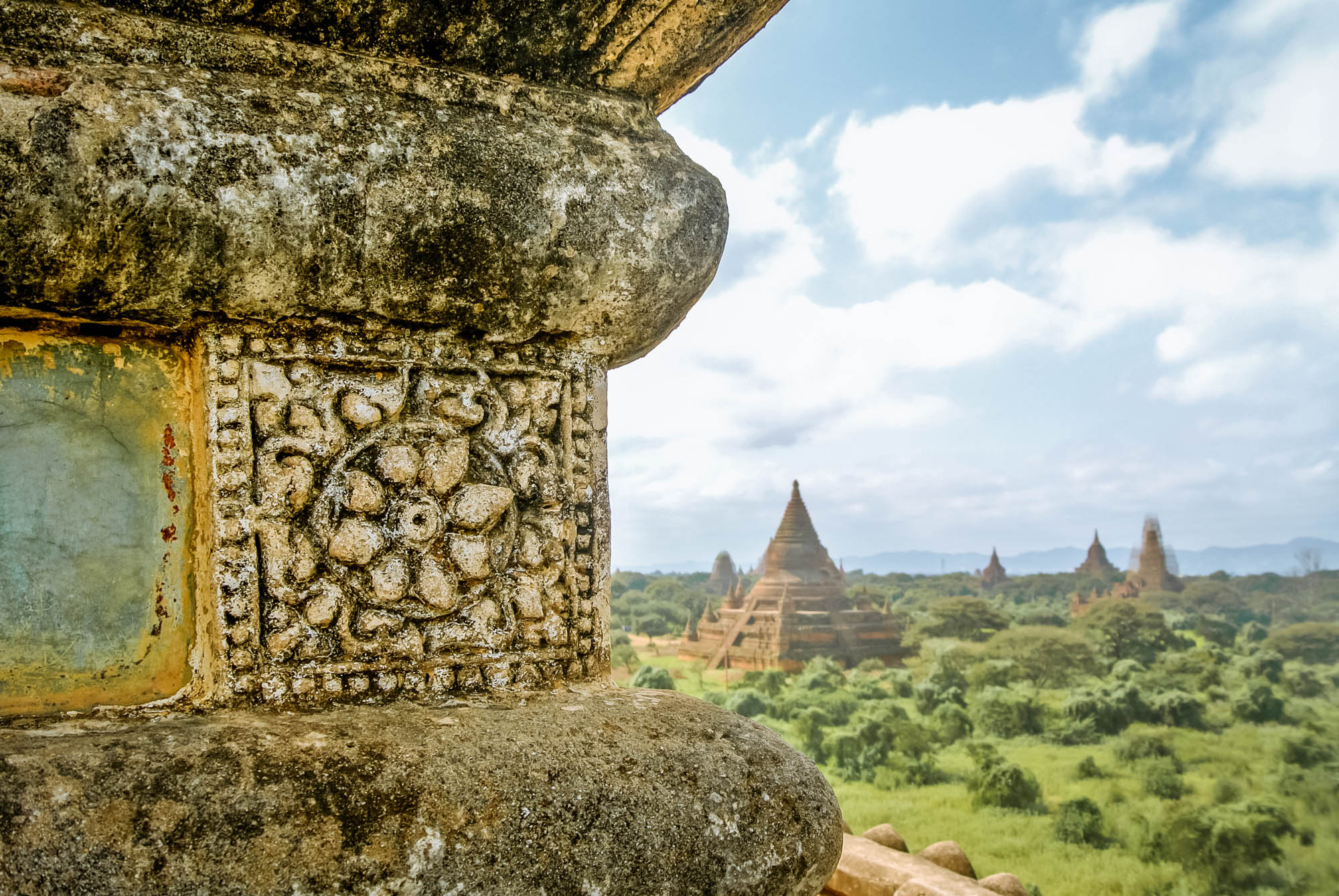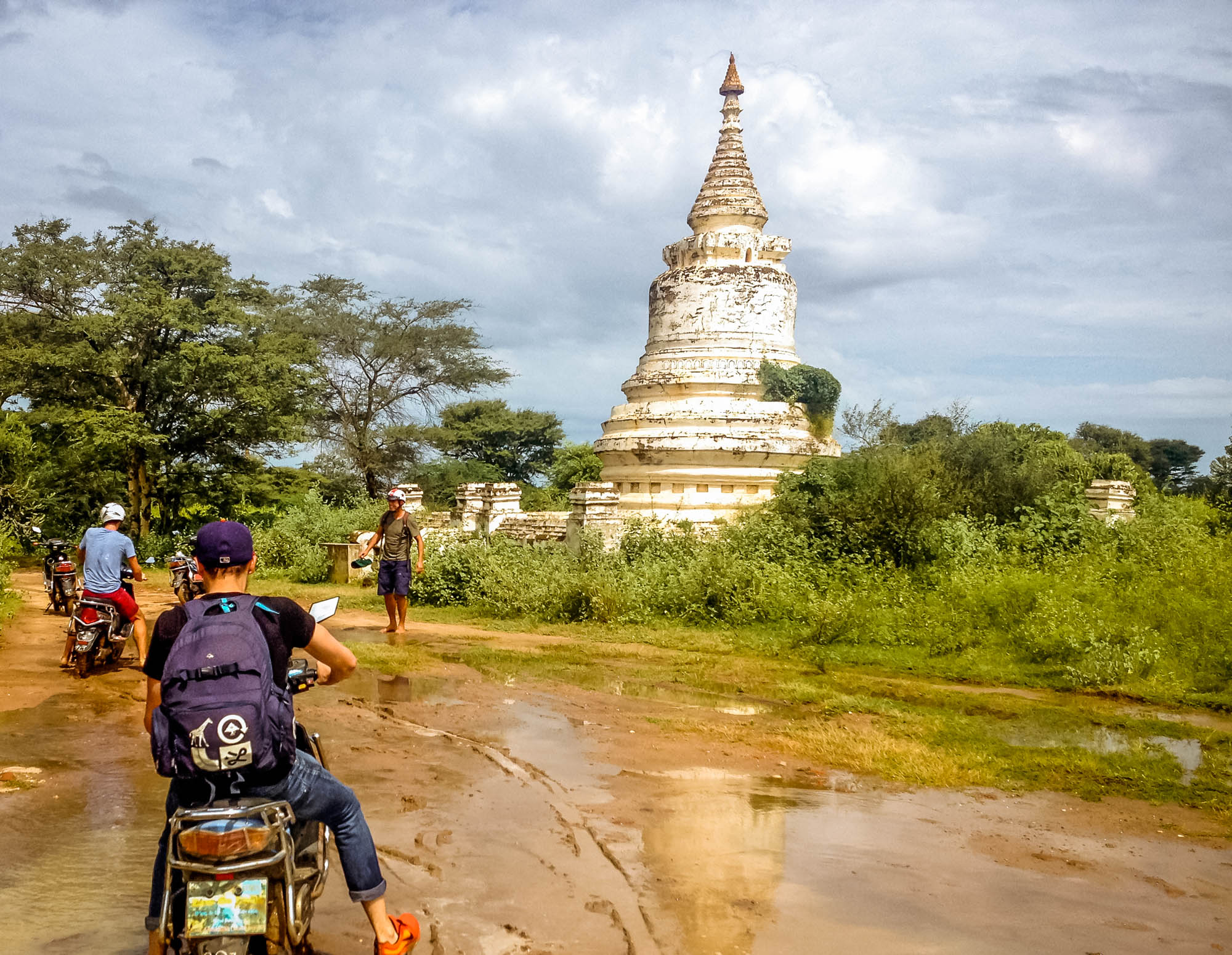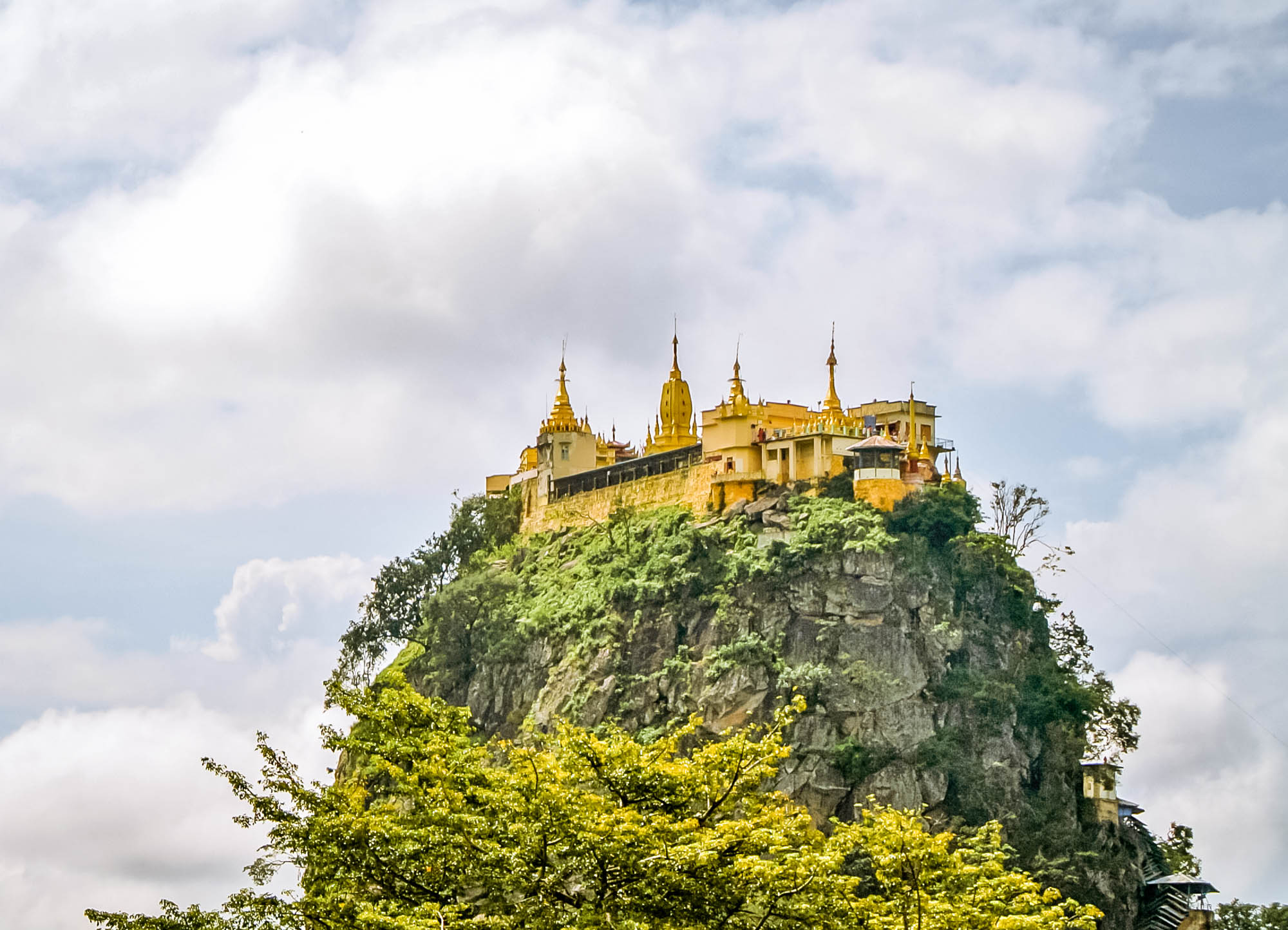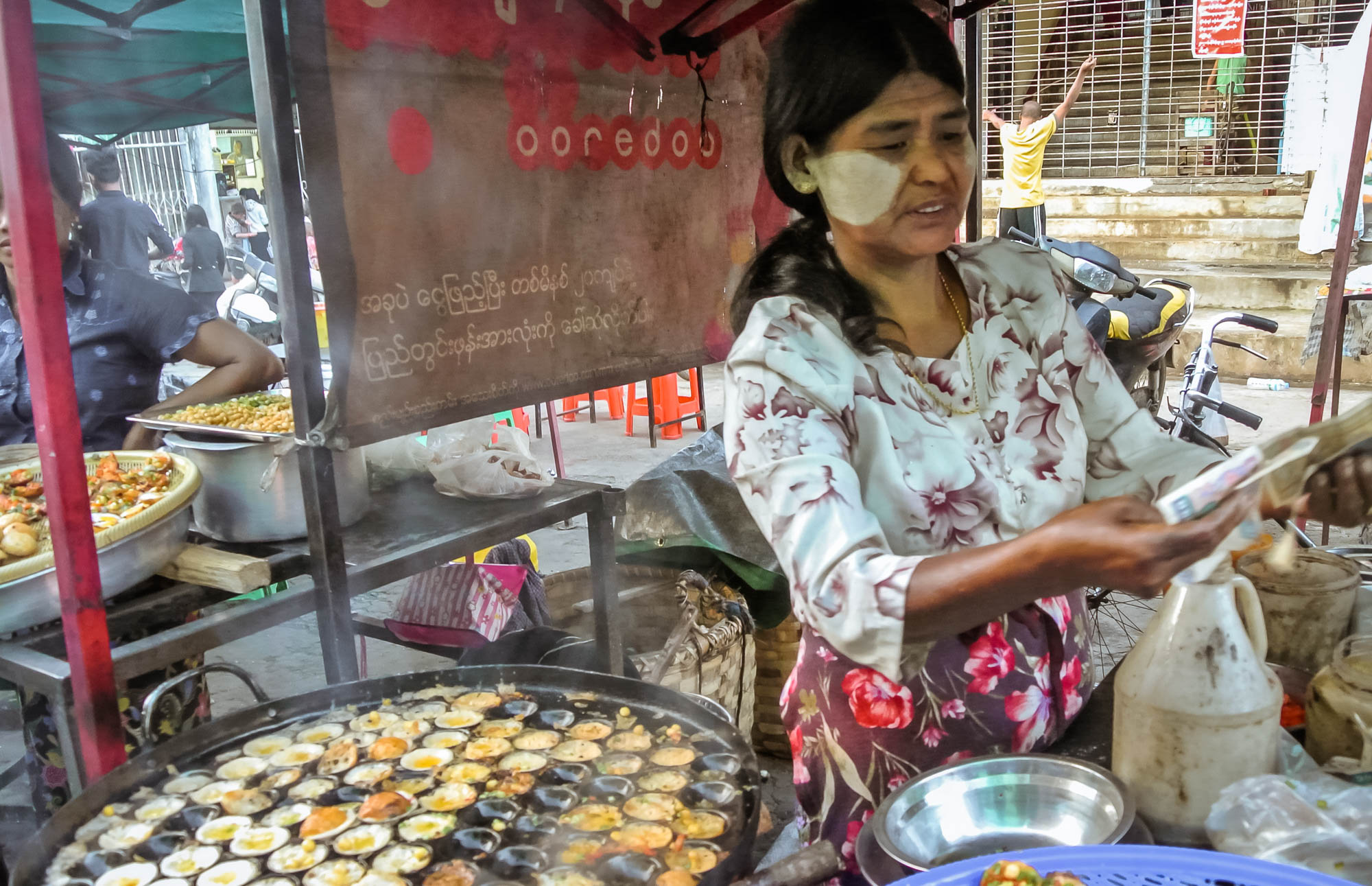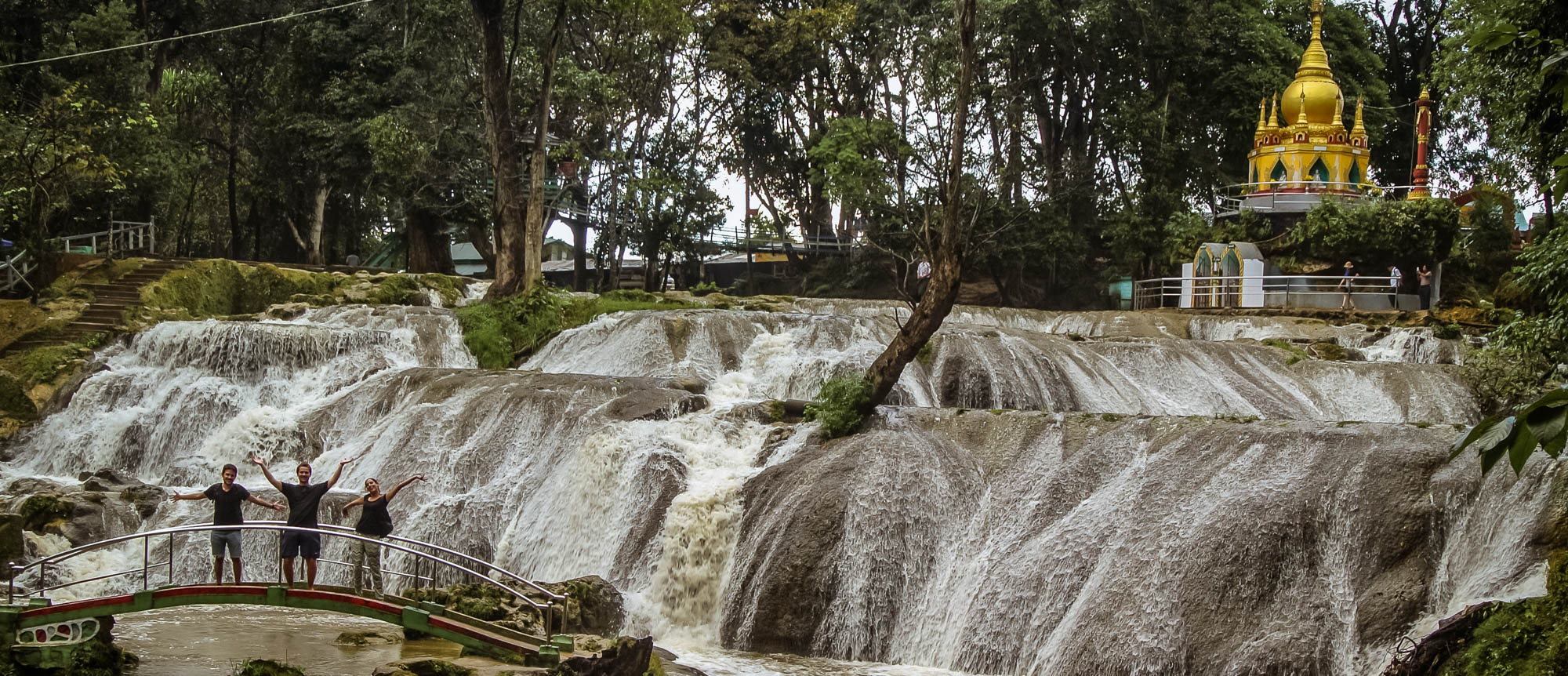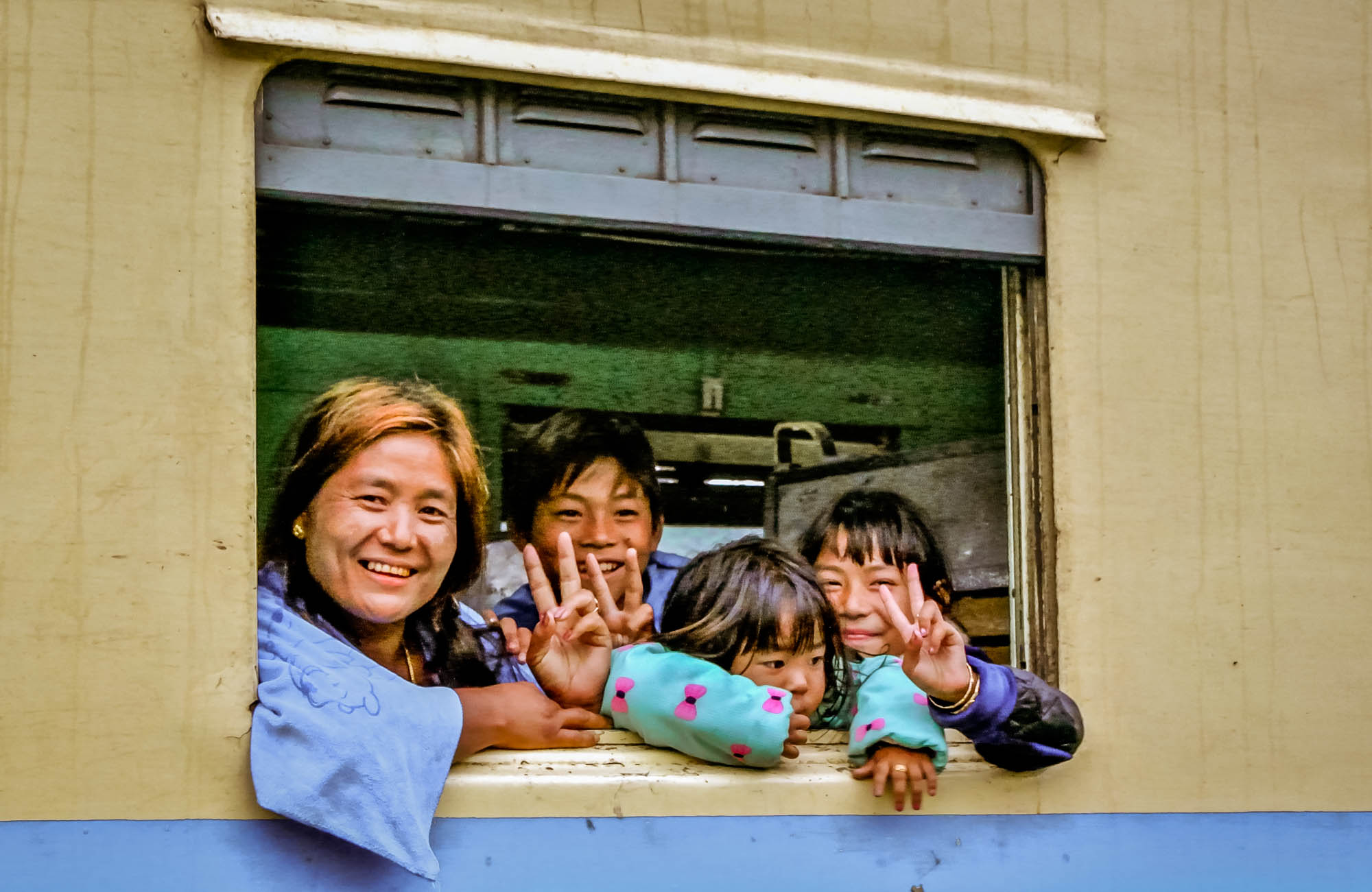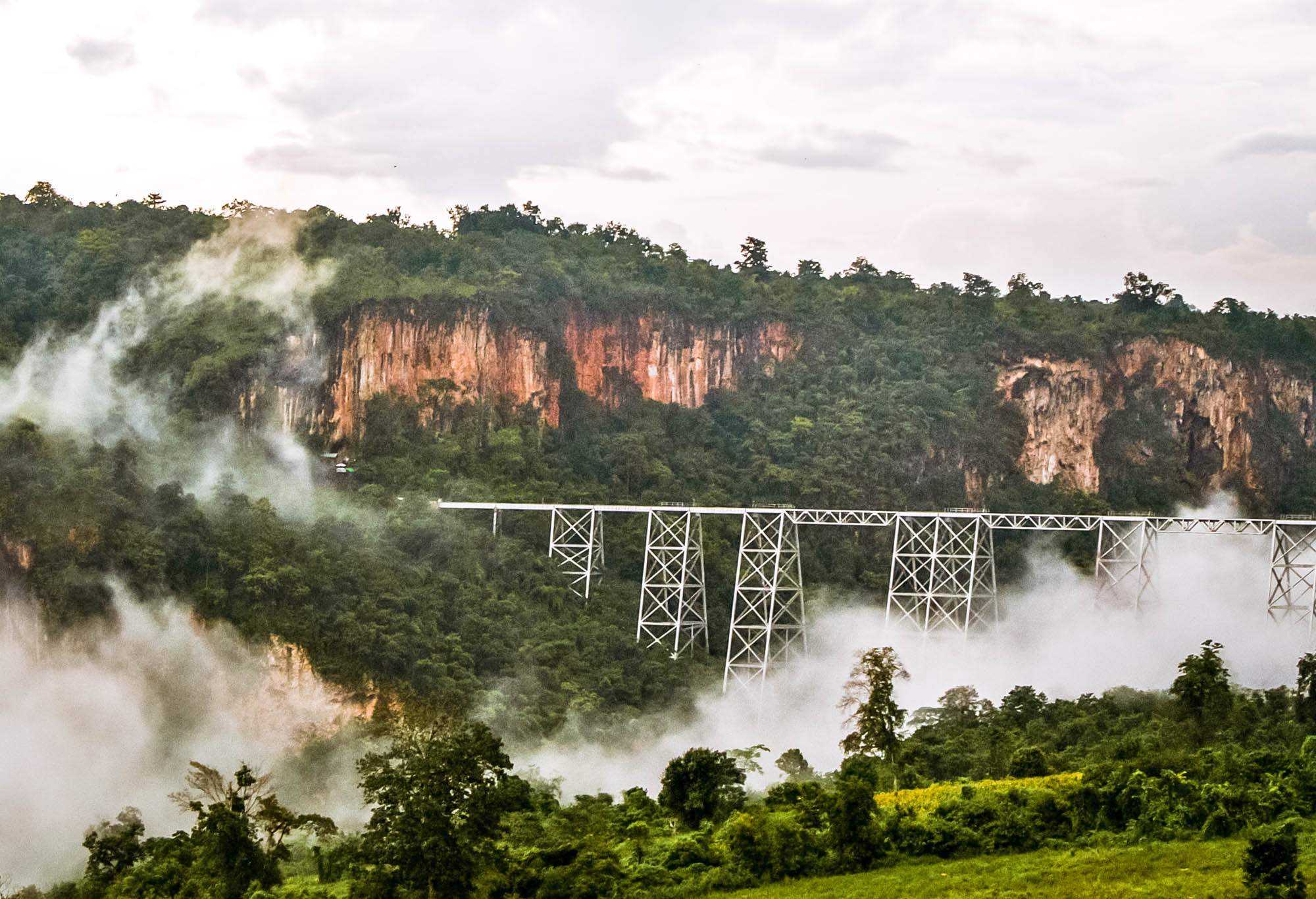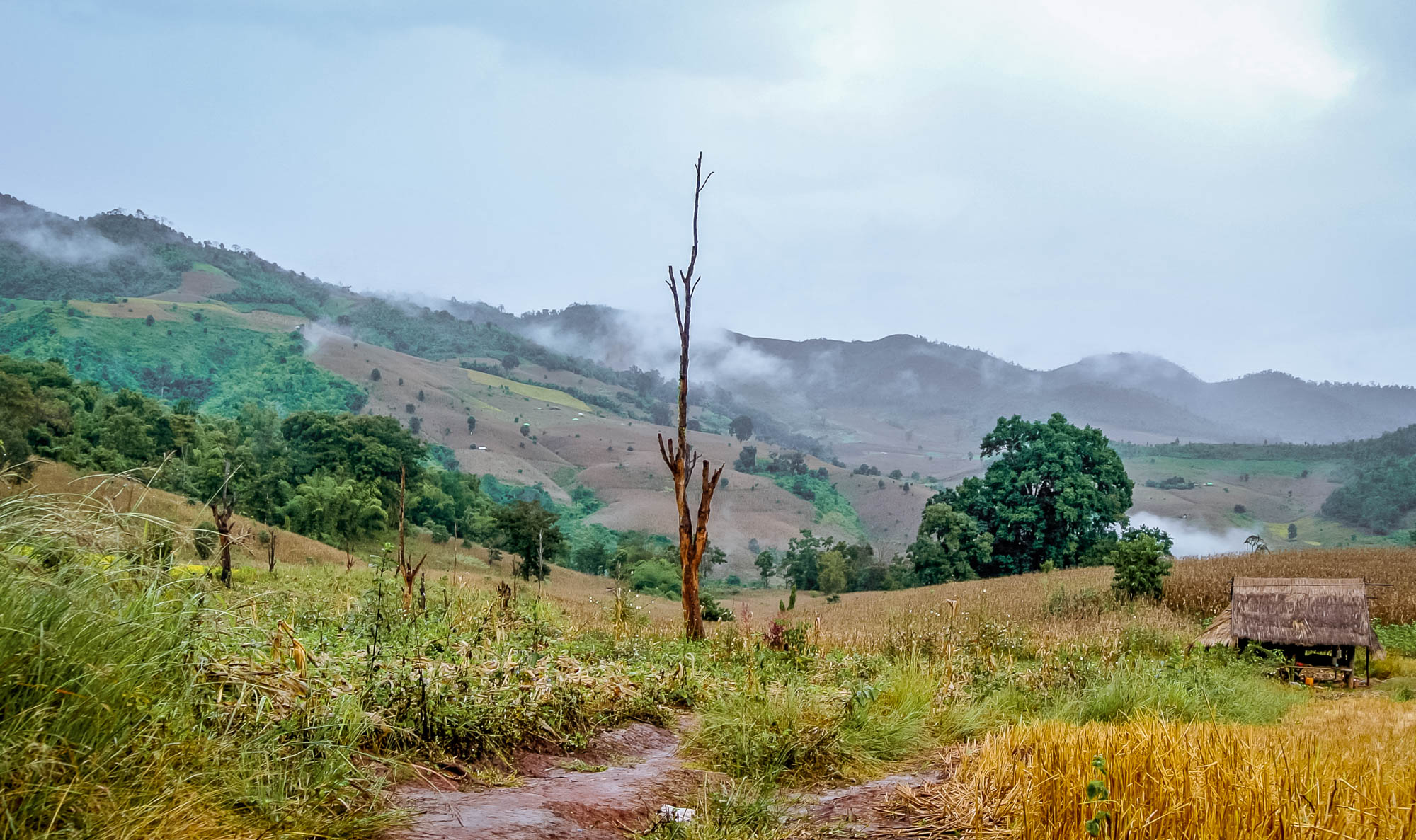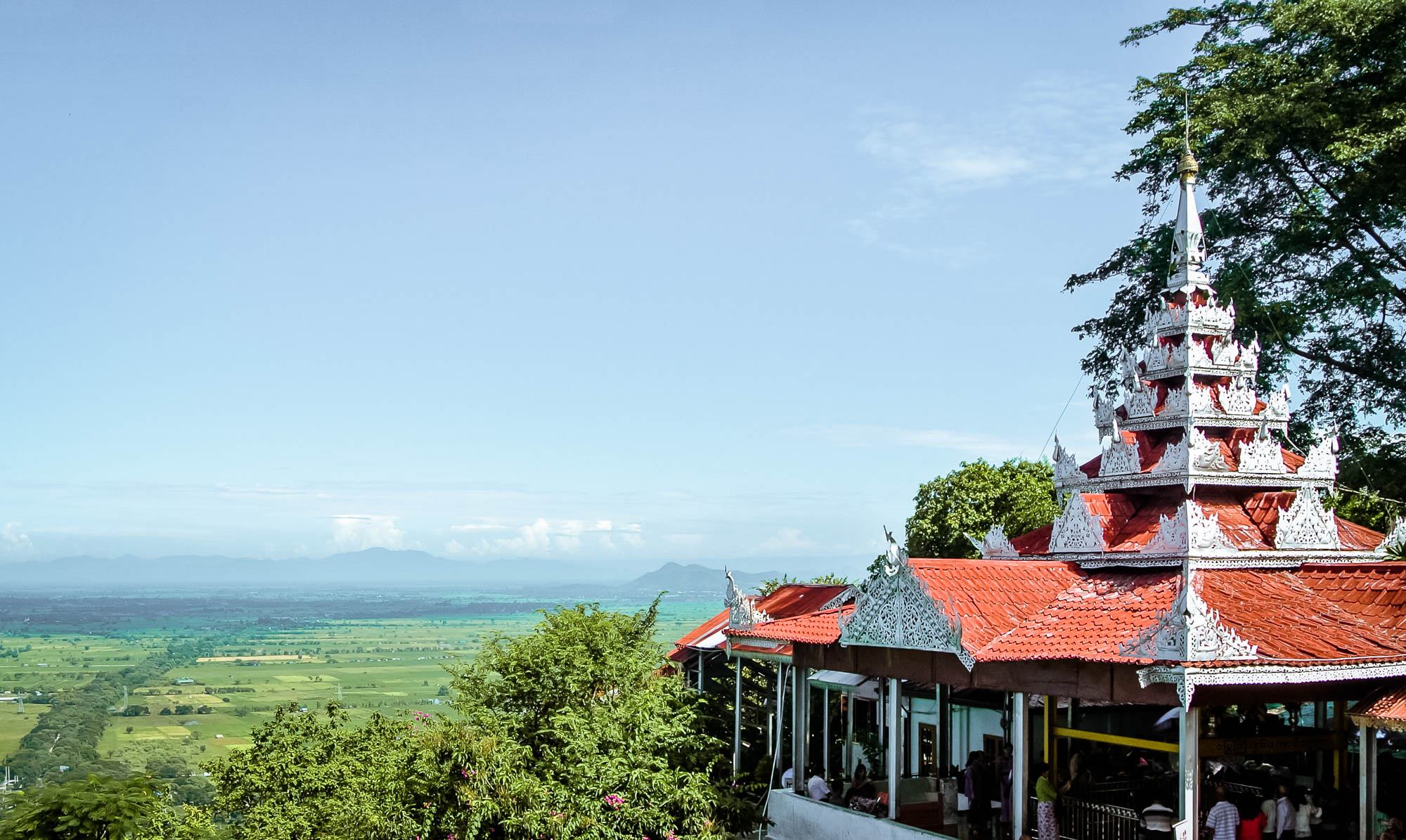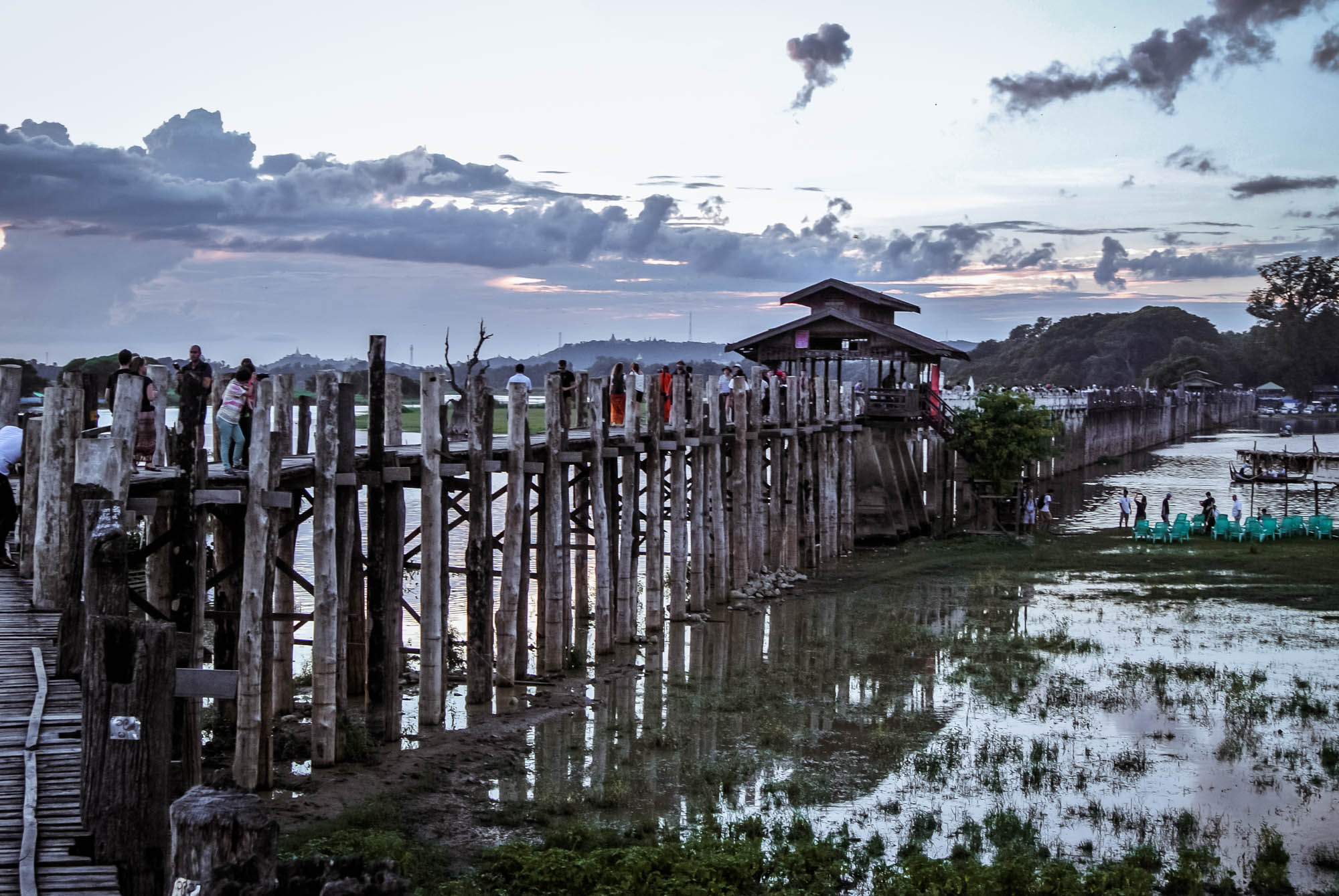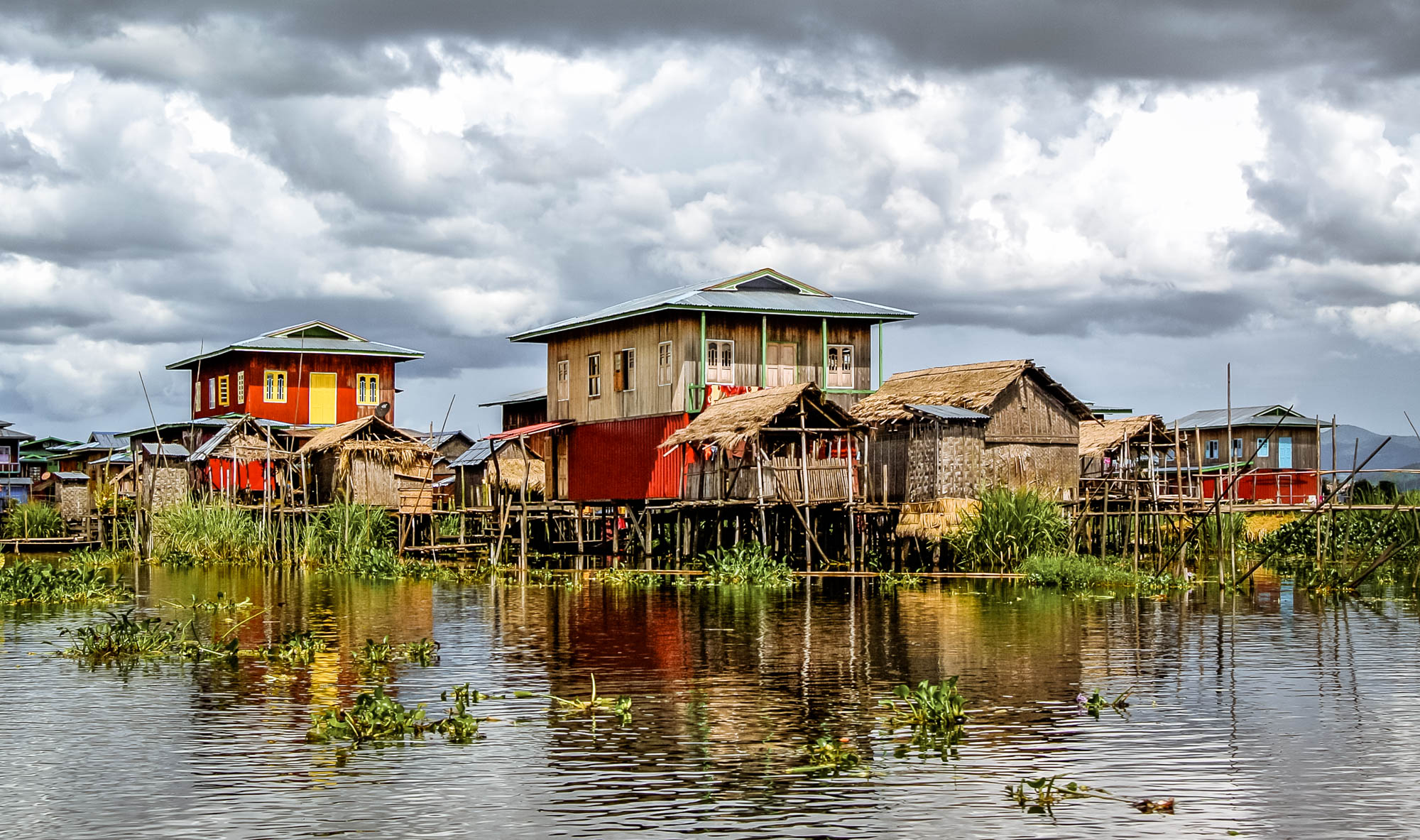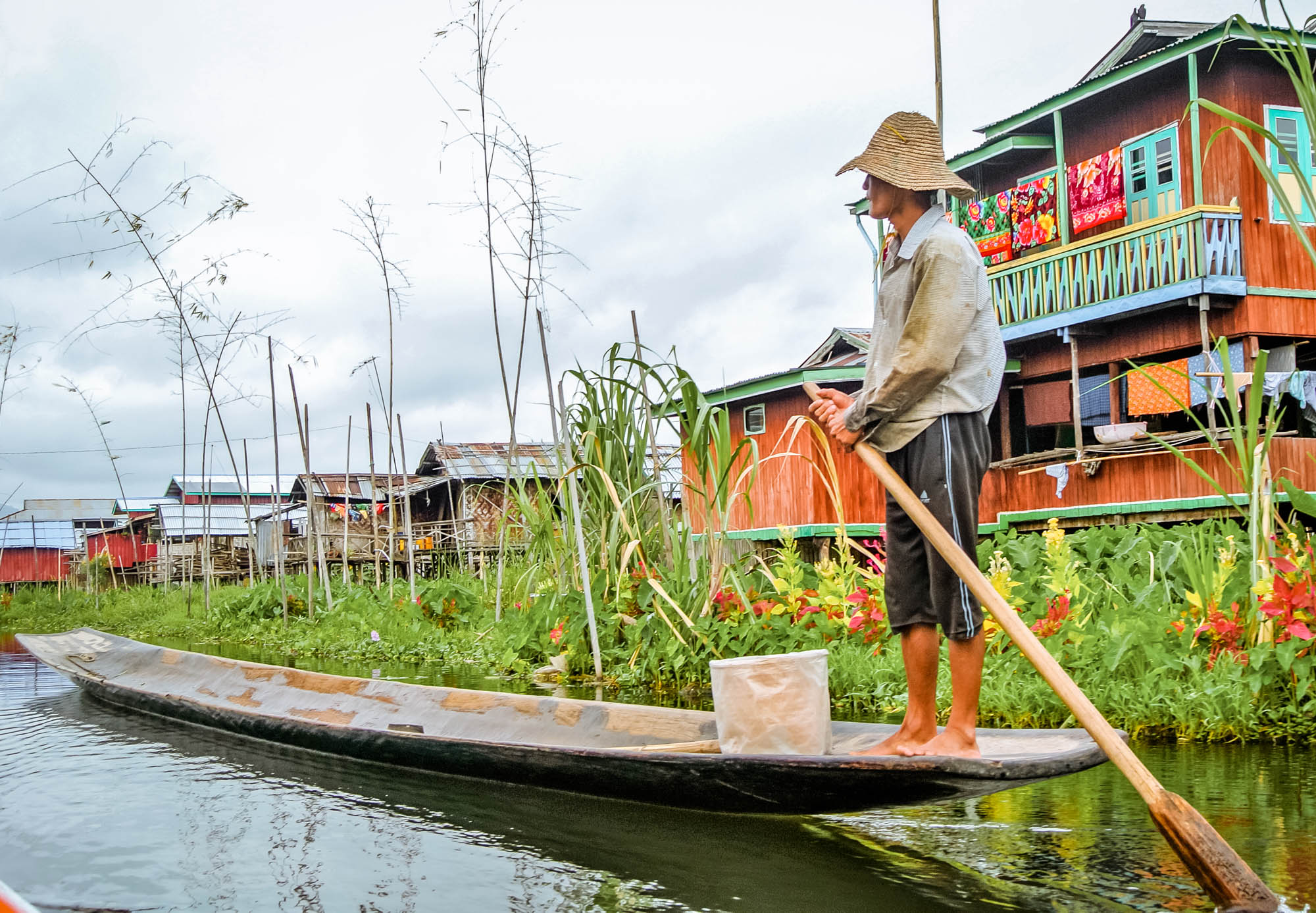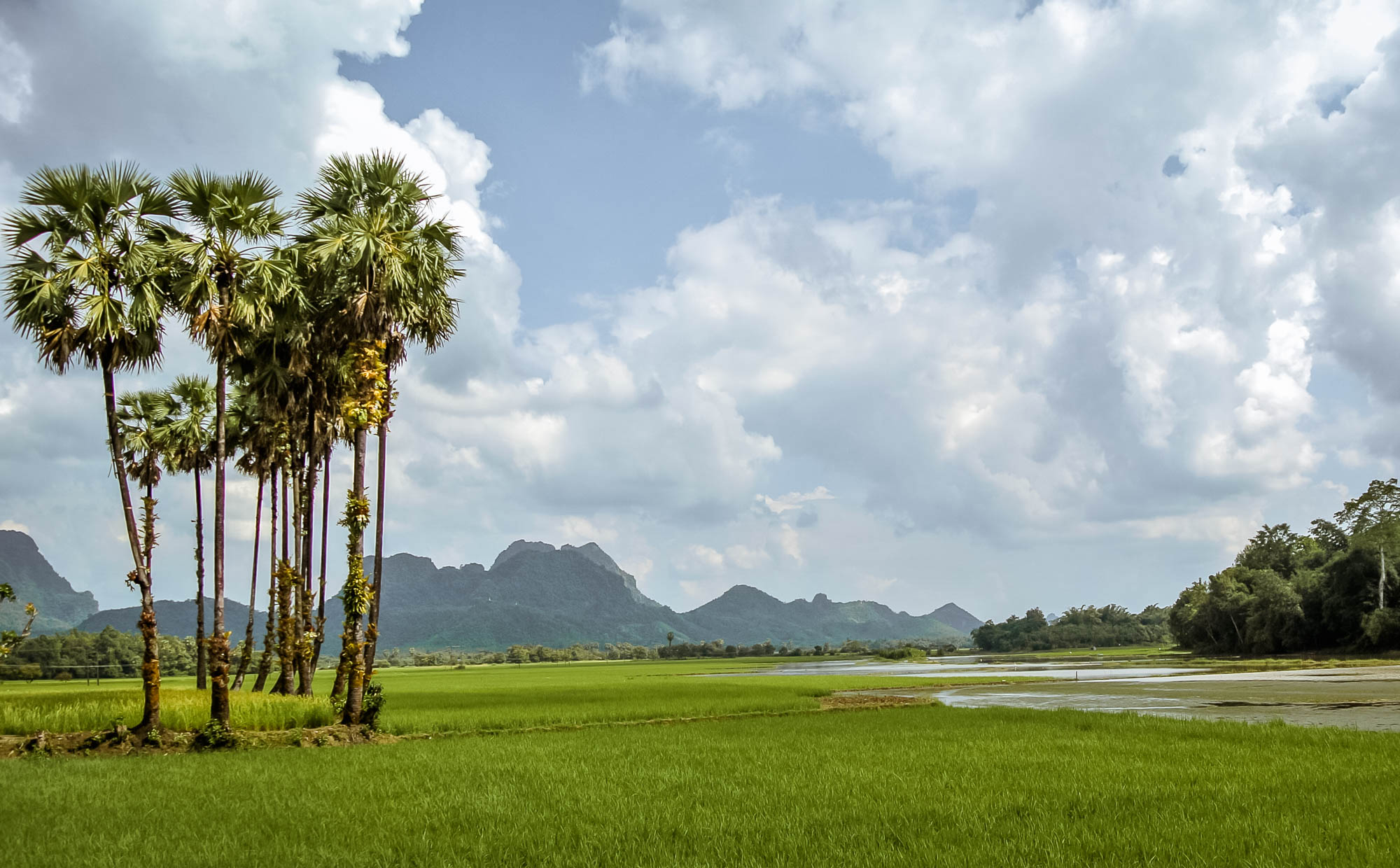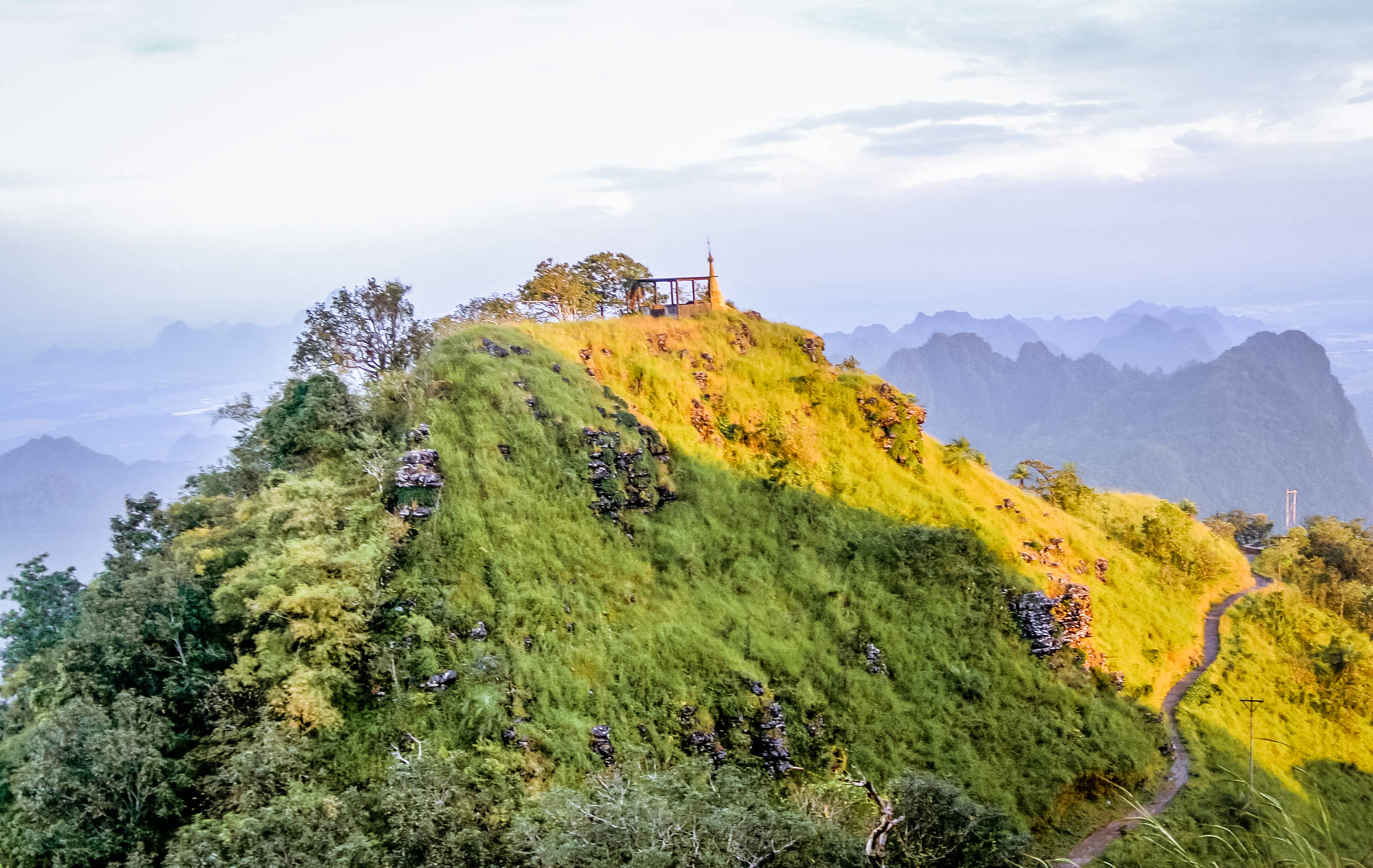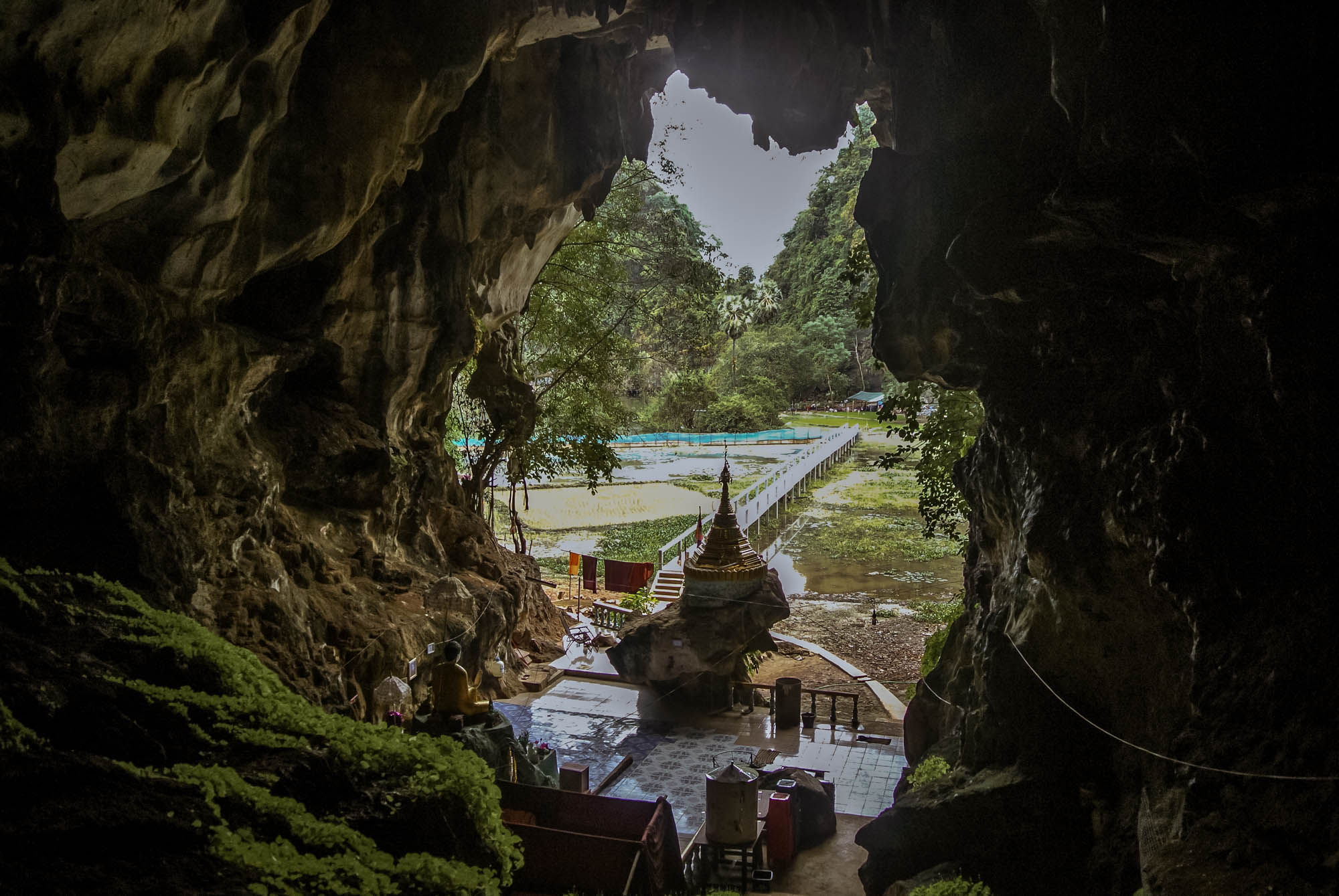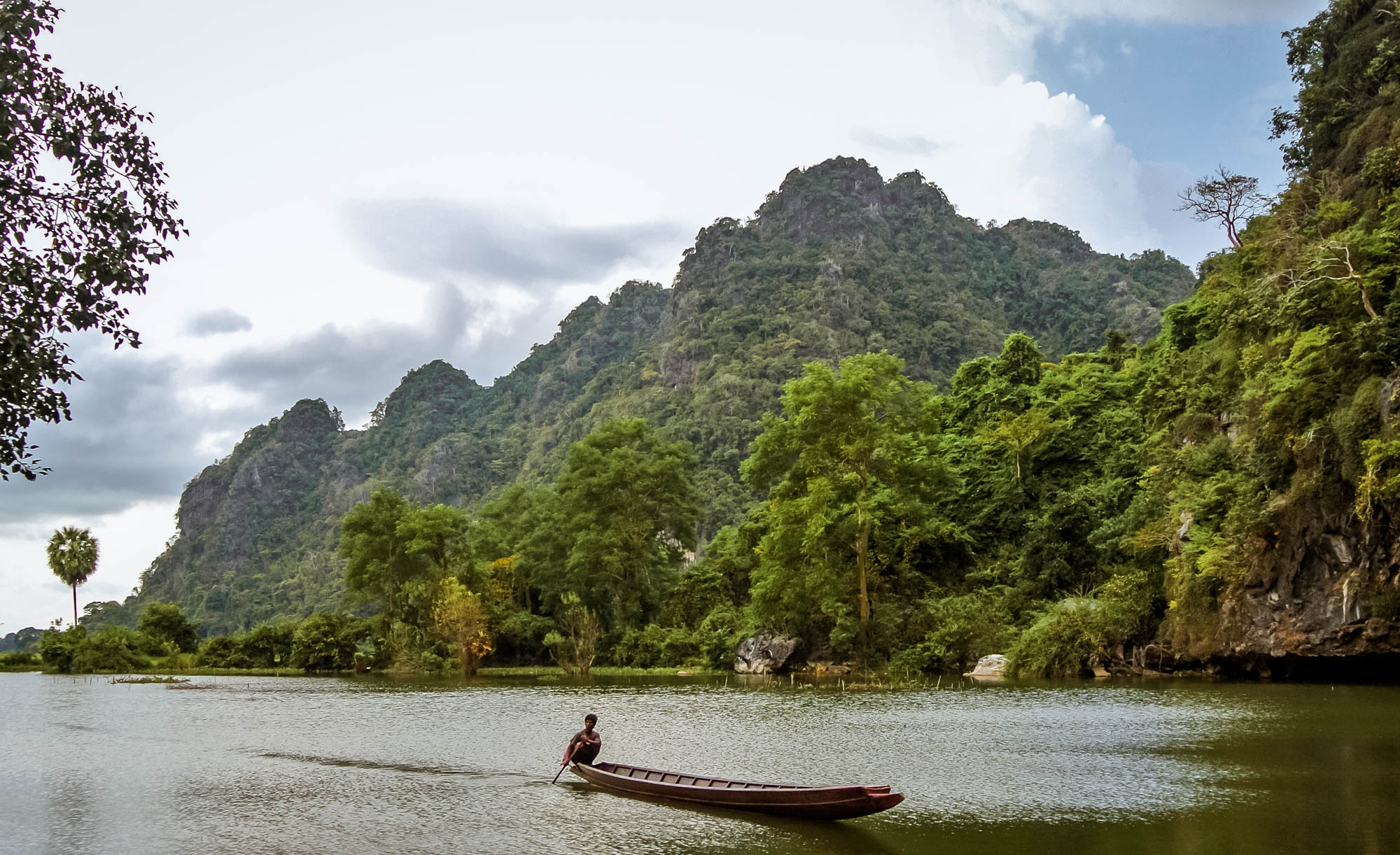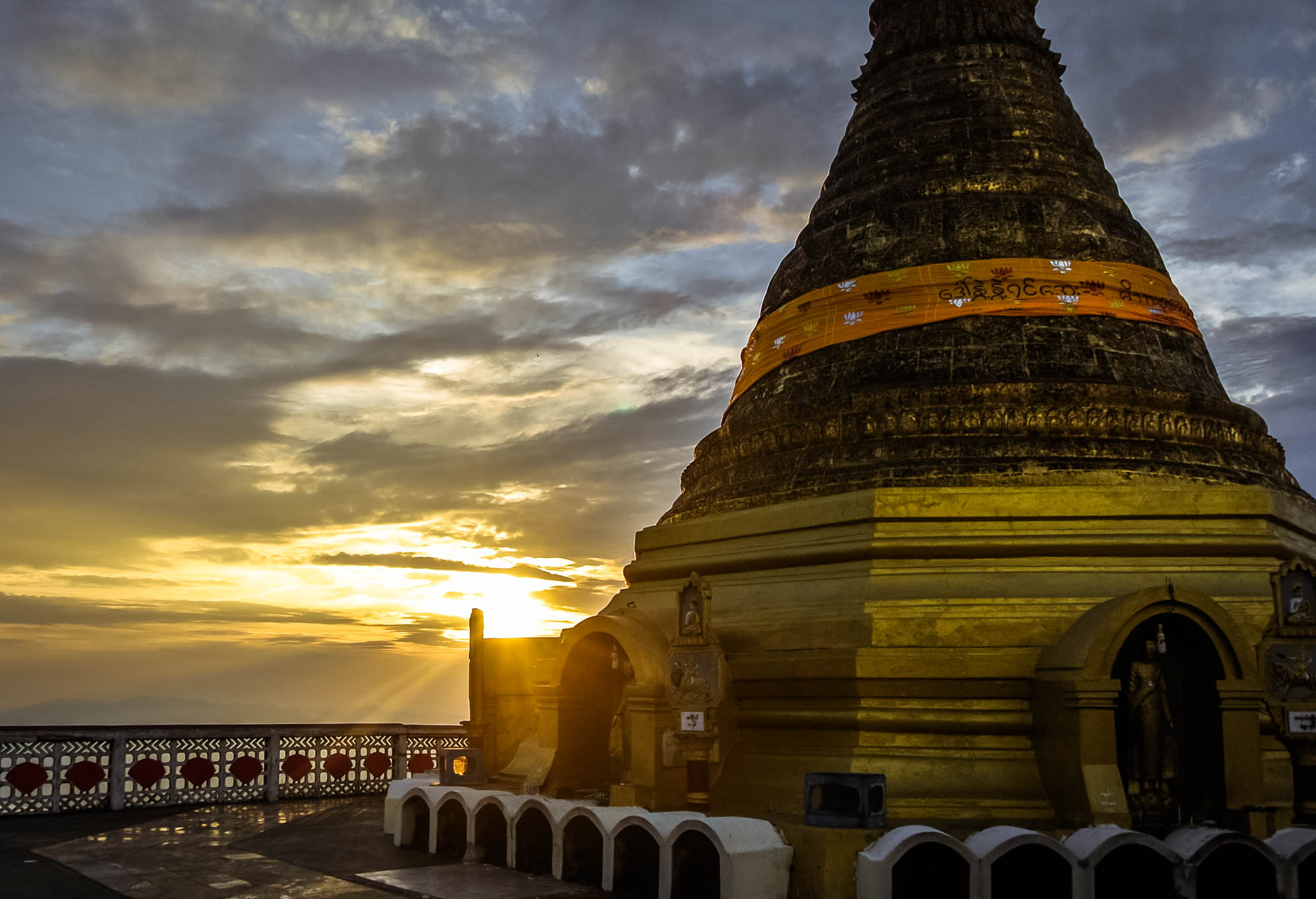The obstacles to education in Cambodia become clear on a visit to this beautiful country. If you visit the Tuol Sleng Genocide Museum in Phnom Penh, you’ll learn that this former school was converted to a security prison in the 1970s. Many of those tortured and killed here were educators. When you travel north to the temples of Angkor Wat you may notice that there aren’t many schools in the nearby rural areas. These sights hint at the obstacles to education in Cambodia. The country has made huge steps forward since the 1970s genocide that took the lives of nearly two million people. But Cambodia continues to face enormous challenges to educating its young population and building a better future for them. This is a challenge we’re attempting to help tackle by supporting education with our Khmer Explorer Travel Backpacks.
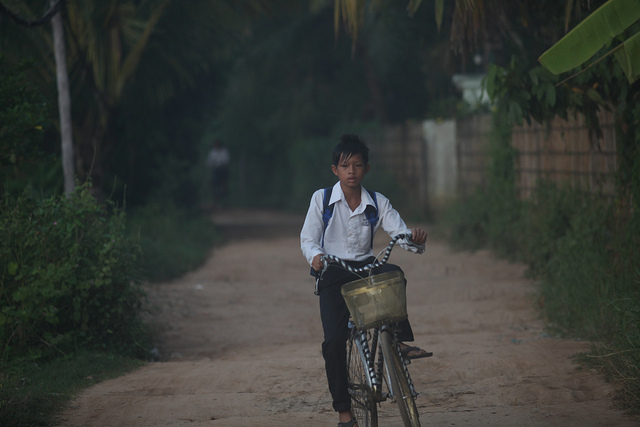
Education in Cambodia during its genocide.
When the Khmer Rouge came into power in 1975, education came to an abrupt halt in Cambodia. Schools were not only closed, but the majority of the buildings were destroyed or used for government purposes. One of these was the secondary school that became Tuol Sleng Prison in Phnom Penh. Thousands of Cambodians were tortured and killed here. A number of them were educators. These intellectuals were seen as a threat to building a new, agrarian society. In the entire country between 75% and 90% of teachers, 96% of university students, and 67% of all primary and secondary school students were killed from 1975 until 1979.
In the entire country between 75% and 90% of teachers, 96% of university students, and 67% of all primary and secondary school students were killed from 1975 until 1979.
And this is a conservative estimate. While the Khmer Rouge had a goal of building up a new type of education system, this was largely unsuccessful. By the time the regime was overthrown in 1979, the majority of children in the country were found to be illiterate. Not only were educational resources like school buildings and books destroyed by the Khmer Rouge, but more tragically, the country’s national intellectual capital was nearly entirely wiped out.
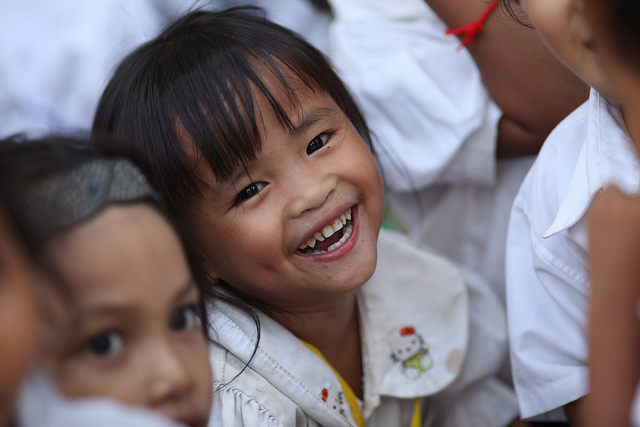
Education in Cambodia today.
Education has drastically improved in Cambodia since the 1970s, but it remains far from a priority in the country. Cambodia’s government currently spends only 2% of its GDP on education. This means that there is little funding for adequate teacher training and salaries, or money for classroom materials or resources. A significant number of the rural schools don’t have any access to clean water for their students. This lack of investment has resulted in inadequate schools, both in number and quality.
Some improvements have been seen over the last years at the primary school level in particular. According to the Ministry of Education, Youth and Sport, a national average of nearly 80% of students now finish primary school (Grades 1-6). Sadly, the completion rates fall drastically to 43% for lower secondary school (Grades 7-9) and to an even lower 20% for upper secondary school (Grades 10-12). Those who are particularly at risk of dropping out are girls and children living in rural areas.
The reasons for this extreme drop in school attendance are complex. Among these are the high direct and indirect costs for families to send their children to school. The cost of buying children mandatory uniforms, textbooks, and bicycles (often needed to get to schools that are located far away) puts education out of reach for a number of families. To put this in perspective, in the rural areas of Siem Reap province where the temples of Angkor Wat are located, many people live below the poverty line on less than $1 USD each day. As a result, they’re forced to choose between food or education for their children. Many Cambodian children at the secondary school age consequently turn to work instead of attending school to help their families get by.
But education in Cambodia is slowly improving. A UNESCO report in 2015 on education in Cambodia showed that a few initiatives have made a real difference in lowering dropout rates. Among these was the provision of school meals. A number of non-governmental organizations (NGOs) are partnering with government schools to build capabilities and improve access to education in rural areas by focusing on these initiatives. One of these is our NGO partner, Caring for Cambodia (CFC), that supports students through their school meal program, Food for Thought. [You can read more about our support for Food for Thought through each of our Khmer Explorer backpacks here.] These initiatives to support rural schools have seen some impressive results. In the case of Caring for Cambodia, the student dropout rate at the schools they support has fallen to just 2%.
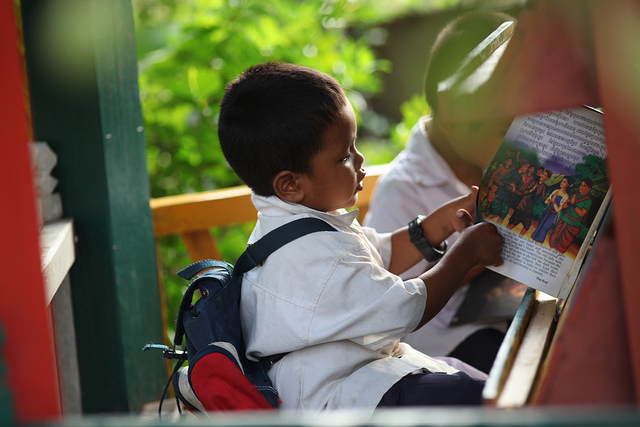
Why improving education in Cambodia matters.
Education plays a key role in sustainable development and empowering change within a country. It has the power to reduce inequalities and poverty, provide fair employment opportunities, and improve gender equality. It offers a hand up not a hand out. And in the case of Cambodia, it’s a key foundation for building up a country with a difficult past. As Cambodia continues to face new human rights challenges, education proves to be an ever more important force to encourage positive change and awareness.

